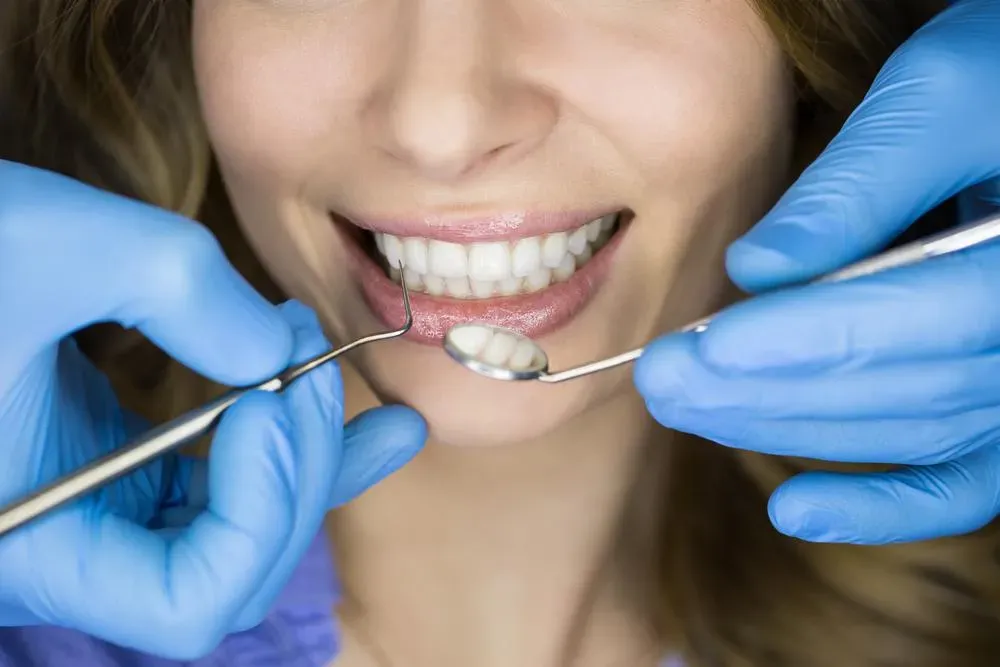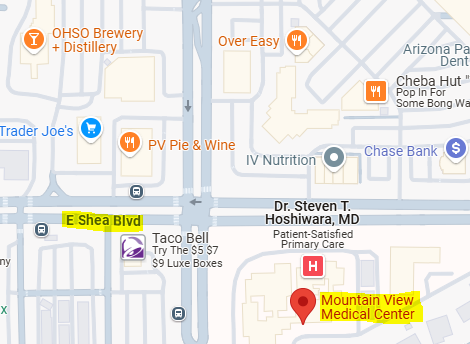AN OVERVIEW OF DRY SOCKET
Impacted wisdom teeth can lead to pain, infection, and tooth decay, and extracting the wisdom teeth is often the only option. Unfortunately, removing impacted wisdom teeth poses a risk of a condition known as dry socket. Here is an overview of the symptoms of dry socket, the preventative measures you should take to reduce your risk, and the options for treatment.
Dry Socket Symptoms
When a tooth is removed, your body will form a blood clot in the socket where the tooth was. The blood clot is meant to stop bleeding and protect the socket from bacteria in your mouth. However, in about 2% of tooth extractions and 20% of impacted wisdom tooth extractions, the blood clot never forms or becomes dislodged after it has formed, leading to dry socket.
Dry socket is often accompanied by bad breath, a bad taste in your mouth, and pain that radiates from the affected site to surrounding tissues in the neck, face, and ear. Because the nerves in the gums and jaw bone are exposed to bacteria, infection and fever are also possible symptoms. You may be able to see exposed bone in the dry socket that would otherwise be hidden by a blood clot.
Dry Socket Prevention
Properly caring for the wound is the most important thing you can do to reduce your risk of dry socket after wisdom tooth extraction. Be sure to take any anti-inflammatory medication you are prescribed on schedule, and follow any specific instructions for care your dentist gives you. You should also avoid touching the socket with your fingers or tongue, as this can tear away the blood clot.
Some normal behaviors can place enough force on the blood clot in the socket to dislodge it. Drinking from a straw should be avoided because of the suction force it creates inside your mouth. The same principle applies to smoking, and tobacco smoke itself also slows healing and increases the chance of infection. Be sure to brush and rinse carefully until the wound has healed.
Dry Socket Treatment
You should contact your dentist as soon as possible if you suspect you are suffering from dry socket. The most common time that people notice this is when pain is still present three or more days after the wisdom tooth extraction. If the socket has properly healed, pain will begin to subside around this time, while pain from dry socket will begin to get more severe.
Treating dry socket consists primarily of three factors: managing pain, cleaning the dental socket, and creating a barrier against bleeding and infection. When you visit your dentist for dry socket treatment, they will first clean the socket with an antibacterial rinse. A medicated dressing is then placed in the socket to protect it and alleviate pain.
In most cases, several trips to the dentist will be required to reapply the dressing until the socket begins clotting and healing properly again on its own. You will need to continue taking medication for pain and inflammation, and your dentist may instruct you to rinse the socket regularly with warm water. This process will usually allow the socket to begin to clot and heal again within a week.
While dry socket can be painful and must be treated promptly, the risk of this condition is small, and the pain and infection risk of impacted wisdom teeth is much greater. Following your dentist's instructions and avoiding behaviors that promote dry socket will give you an excellent chance of a recovery free from complications.
Visit us at Desert Dental if you are suffering from impacted wisdom teeth so we can help you take the first steps toward better oral health!









